If someone announces to you, “I’ve just seen a lesser spotted woodpecker!”, you are perfectly entitled to:
Tweak them gently on the nose
Tell them: “No, you didn’t.”
Walk away without another word
Lesser spotted woodpeckers were originally named for their titchy proportions in comparison to the great spotted woodpecker. Lessers really are small fry in the woodpecker world, only the size of a sparrow.
Sadly ‘lesser spotted’ has also become an accurate guide to your likelihood of finding one. Discreet at the best of times, they are now rare in most parts of Britain.
Early spring, beginning on warm days in February, provides our best chance of an encounter.
It’s at this time that they drum. Typically it’s a quieter and more even drumming than that of the great spotted. It tends to last a little longer too, just over a second each time.
It has been described as the sound of a wooden cat purring.
Pretty subtle stuff. A more penetrating clue to their presence is offered by their other spring-time sounding: a manic little set of shrieks.
You can hear it about four seconds in on this recording, amid a bit of ‘teacher teacher’-ing from a great tit.
This too is rather like a mini-me version of the bigger woodpeckers’ calls - like a green woodpecker’s yaffling cry on speed.
If you hear either of these calls in the UK then you are doing very well - with 9 out of 10 lesser spotted woodpeckers thought to have disappeared since the late 1960s, there are perhaps only around 600 pairs left.
The reasons for their decline are still unclear. Changes in climate, the grubbing of old orchards and the changing makeup of woodland may all have a part to play. Restricted to England and Wales, their strongholds, for now, seem to be in larger tracts of old, open wooded landscapes, such as the New Forest in Hampshire and the woodland around Canterbury in north Kent.
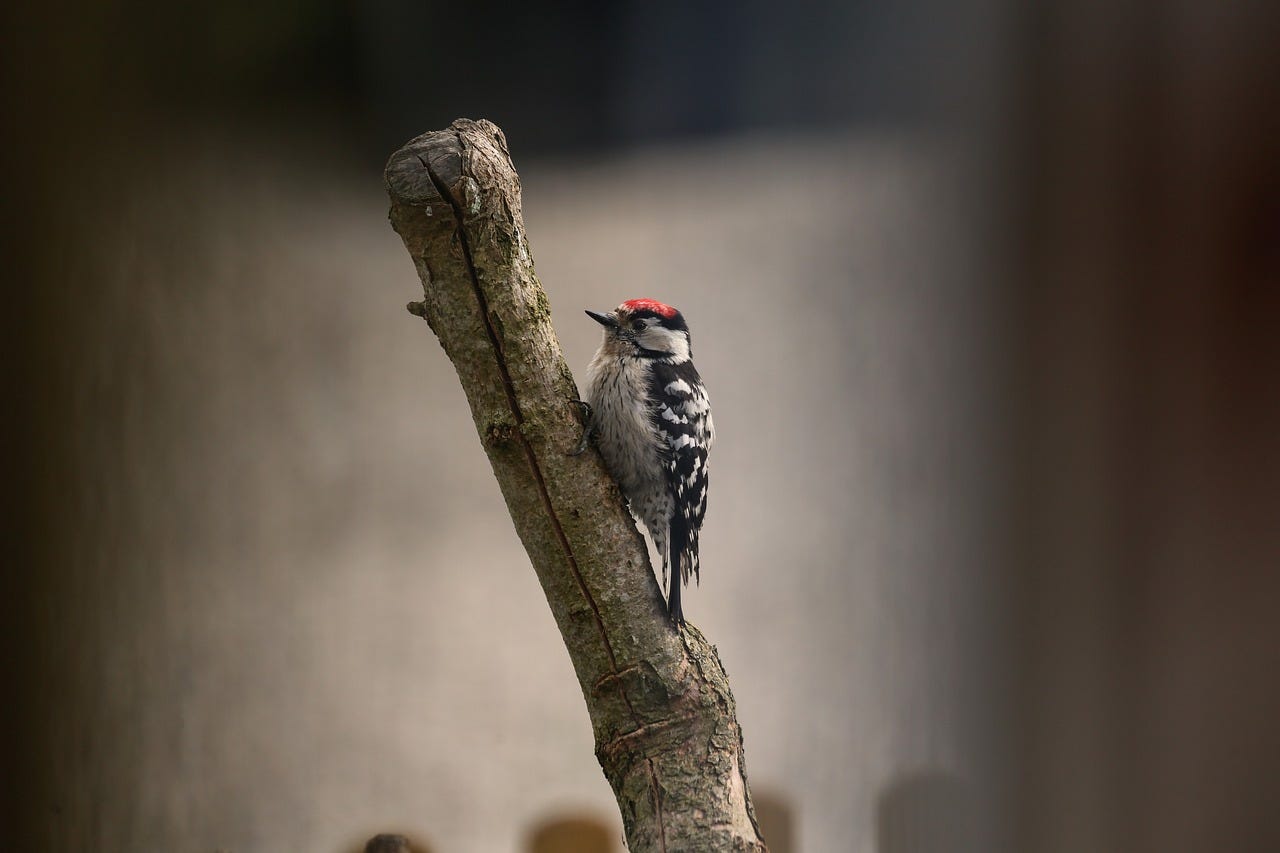
If you have a major slice of luck, or patience, you may get a glimpse of a calling bird. A flexible neck is handy in this effort. Not only are lesser spots tiny, but they like it way up high, among the spindly twigs in the crowns of trees.
Here you can confirm your sighting by noting that in place of the solid white patches on a great spotted woodpecker’s back there is a fine barring. They lack the red under the tail too.
Once the leaves are out, and the birds quieter, sightings become even harder to come by. So it’s worth making the most of a bright day in the woods in March or early April.
And if you think you’ve found a lesser spot please do report it to Ken and Linda Smith at The Woodpecker Network, who are keeping a close eye on the fortunes of this fabulous species and doing research that might just help reverse its decline.
See also: Great Spotted Woodpecker




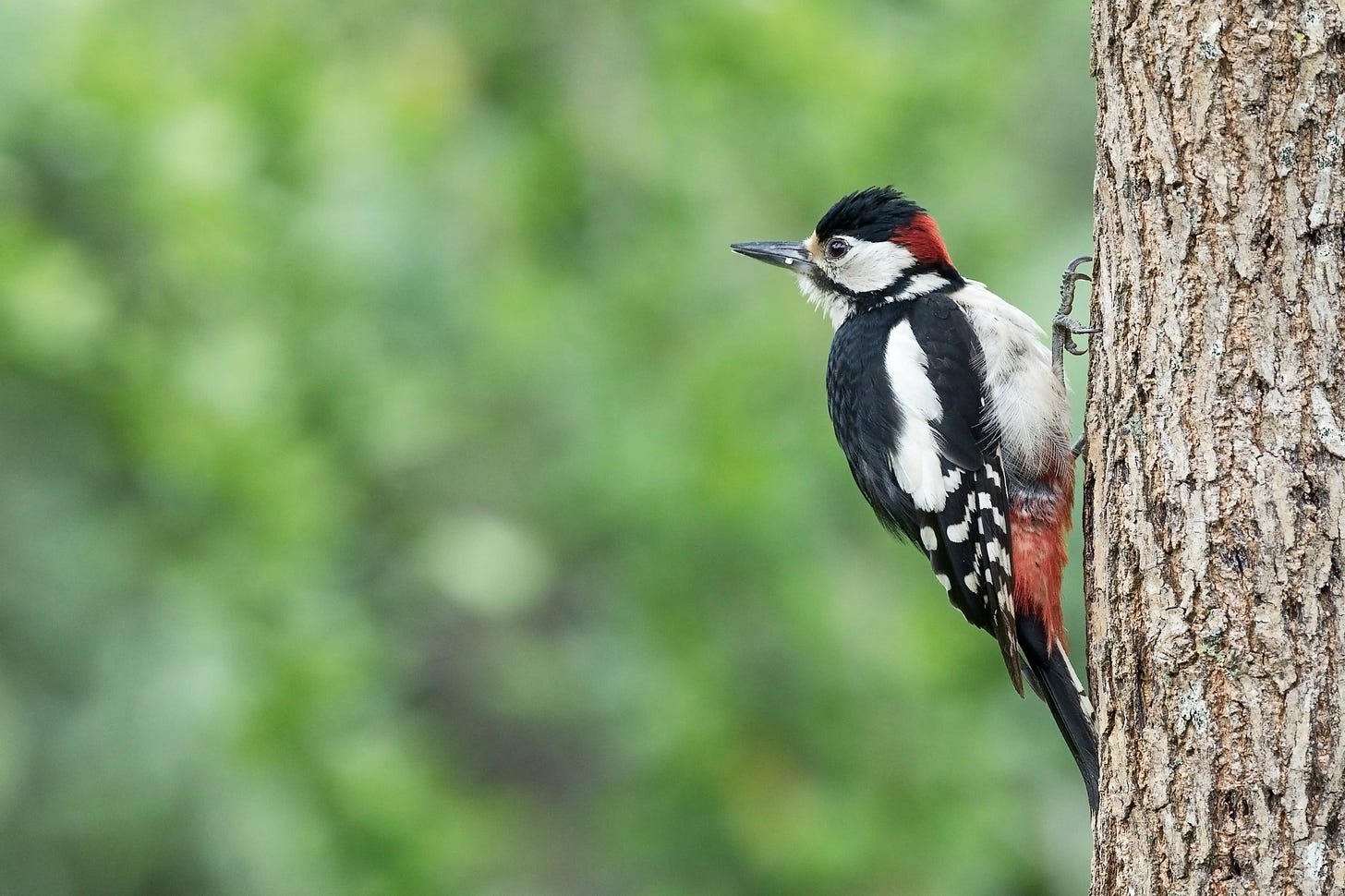


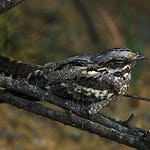
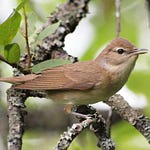

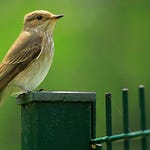


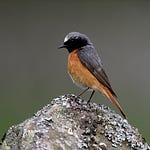
Share this post